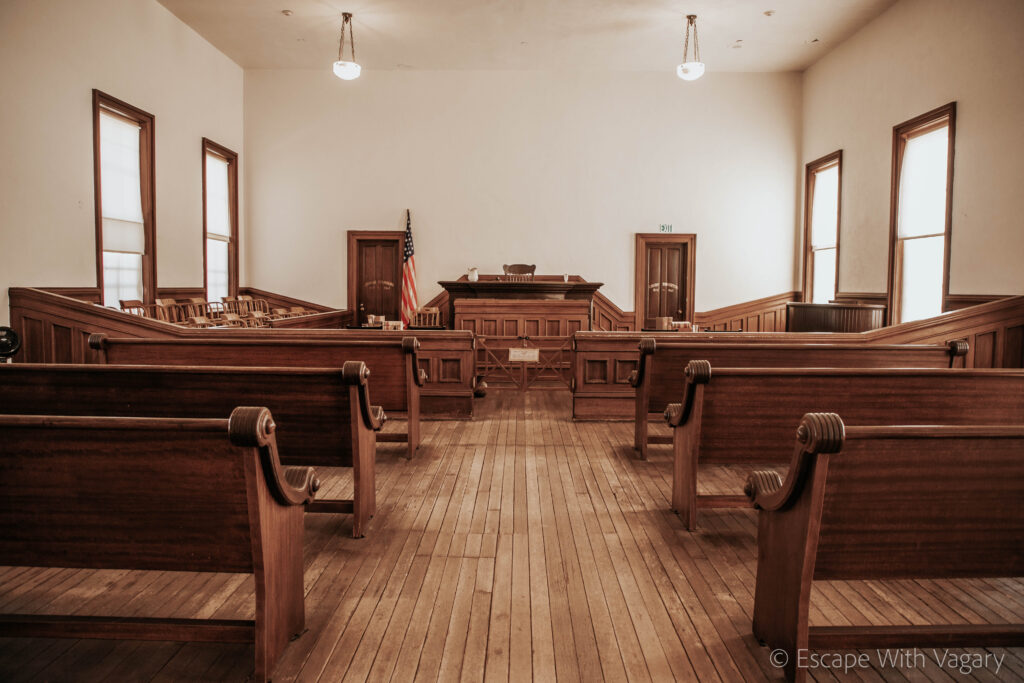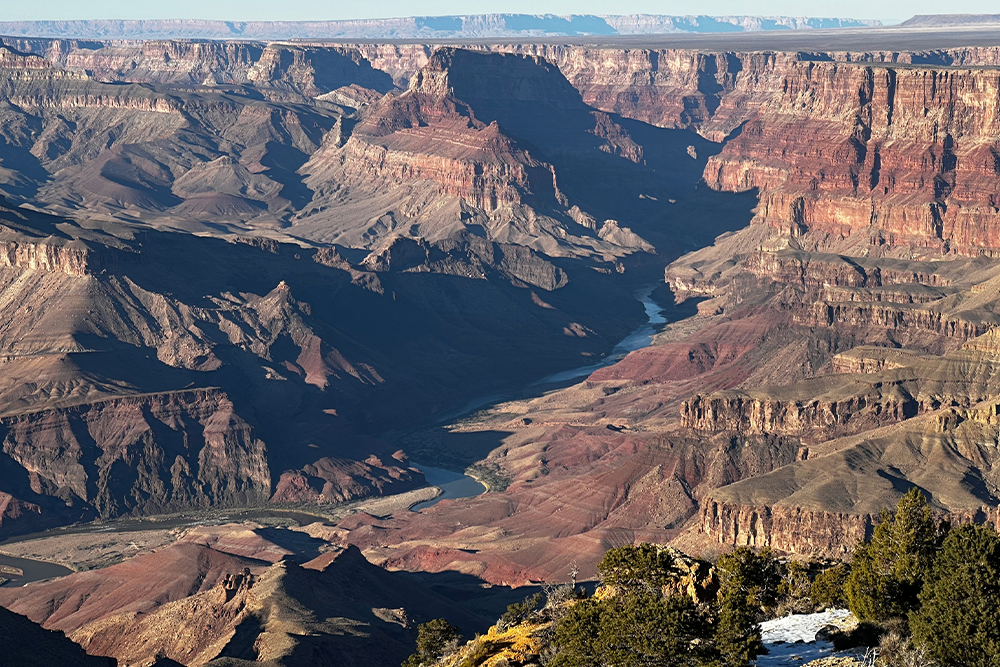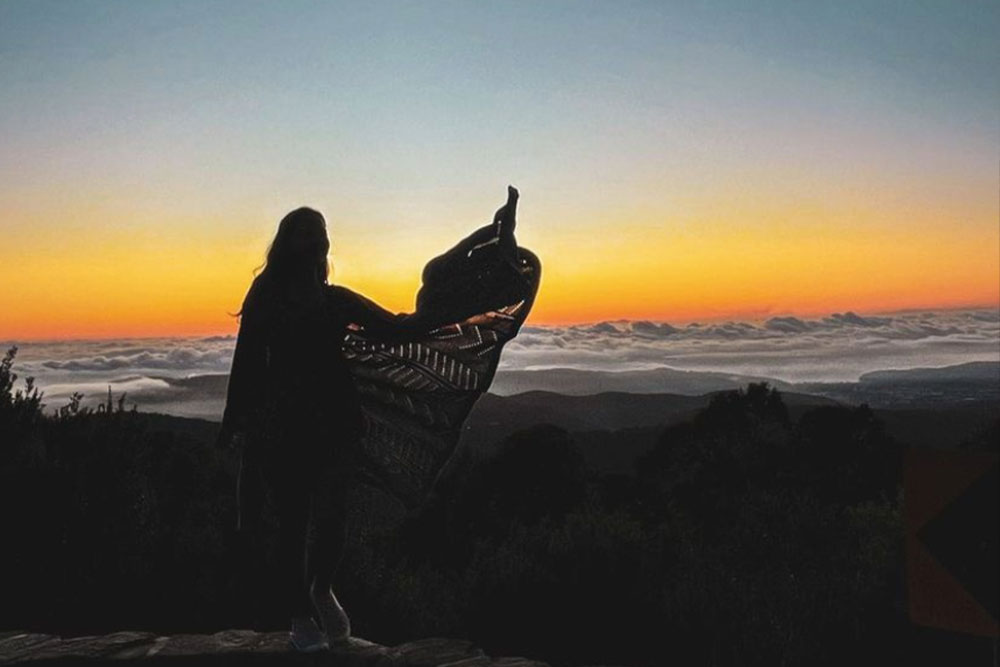
Tombstone’s Tumultuous History; The Town Too Tough To Die
By Lauren Wong
Brief Overview:

This wild west city dates back to 1877 when it was founded by Ed Schieffelin. He’d set off on an expedition to find stones despite the warnings his fellow soldiers gave him. Joining a party of Hualapai scouts he went off to explore this area near the former Chiricahua Reservation. Other soldiers told him that the only thing he’d find is his own tombstone, so, once he found silver he named the first mine The Tombstone. (Hence the city’s name).
After word got out, Tombstone was booming and becoming known as the fastest populating city between San Francisco and St. Louis. The town consisted of over 100 saloons, a variety of eateries, a red-light district, churches, schools, etc.
In the summer of 1881, two large fires spread throughout the city destroying more than 60 businesses. It’s said one fire was started at the Arcade Saloon when a cigar ignited a whiskey barrel. The town was able to rebuild, but a year later, another massive fire started. This time in the restroom of the Tivoli Saloon, causing colossal damage to everything it touched.
Historical Landmarks:
Bird Cage Theatre:

One of the top sites to see in Tombstone is the famous Bird Cage Theatre. The theatre, running from Christmas of 1881 through 1889, was a gambling hall, saloon, and brothel wrapped in one. William “Billy” Hutchinson and his wife Lottie were the ones to open and bring this 24/7/365 entertainment to Tombstone. It’s said that the name comes from the 14 boxes, referred to as cages that were on the second story balconies. It was inside these cages that the “Ladies of the evening,” would entertain their clientele.
The theatre was also the host of the longest-running poker game in history. Allegedly lasting eight years, five months, and three days, the game was played 24 hours every day in the basement.
When things went downhill for Tombstone in 1889, Bird Cage Theatre was forced to close, but in 1934, new owners opened the place back up with the goal of preserving it. They left everything they found as is, in the building to bring you back to when it was popping in the late 1800s.
If you partake in one of their guided or non-guided tours, keep your eyes out for the alleged 140 bullet holes that are scattered on the ceiling throughout the building. Why the bullet holes? Tombstones violent history; bar fights, shootouts, etc.
Boothill Graveyard:



The Boothill Graveyard dates back to 1879 and was used up until the New Tombstone City Cemetery opened in 1884. At least 250 individuals lay here, the name referring to the ‘number of men who died with their boots on.’ Supposedly, after the new cemetery was put in use, only outlaws were buried here, as well as in a separate, nearby Jewish cemetery.
The Boothill Graveyard is one of Tombstone’s top attractions. When you think of graveyards you think of marked graves to honor loved ones in neat, lined rows. That’s not what you’ll see here. There’s rocks over where the bodies would be, wooden markings, some almost faded away completely. A majority simply say “Unknown,” or they just put down as their race, some describe how the individual died. On site keep your eyes out for the three renowned men who were killed during the O.K. Corral gunfight; Billy Clanton, Frank McLaury, and Tom McLaury.
O.K. Corral:

On October 26, 1881 the infamous O.K. Corral shootout took place. It was a face off between the Earp brothers and the Clanton – McLaury gang. Both were fighting for control of Tombstone and Cochise County. As a result of Tombstone becoming one of the richest mining towns in the Southwest, a wide variety of individuals came in pursuit of the wealth the city’s silver would bring.
Wyatt Earp and his brothers, Morgan and Virgil, delineated the “law and order” in the city, despite their violent, power-hungry reputations. On the other side of the fight were the Clantons and McLaurys, cowboys who lived outside of town on a ranch, a reputation as thieves and murderers.
In the lot behind the O.K. Corral the famous gunfight began, allegedly lasting about 30 seconds with 30 shots fired. The fight killed Clanton and the McLaury brothers.
Schieffelin Hall:
Ed’s brother, Al Schieffelin, was behind the construction of the 1881 Schieffelin Hall. The purpose of this theater/first class opera house/recital hall/meeting venue was a way for the Tombstone “elite,” to gather for entertainment. In 1996, the Hall was placed on the National Register of Historic Places and is still the largest standing adobe structure in the southwest. Still a top tourist spot in Tombstone, you can still stop in the building, for plays, city council meetings, social gatherings, fundraisers, or theatrical performances.
Tombstone Historic Courthouse:



Now an Arizona state park, the standing two-story building is a preservation of the original Cochise County courthouse. It was constructed in 1882 after the 1881 fire destroyed their first courthouse. To ensure the new courthouse would be as fire resistant as possible, Chinese brink makers were brought into Tombstone and built a Kiln.
Just underneath this beautiful, red-brick, Victorian Style building are century old offerings that were placed in the cavity beneath the foundation during a celebratory ceremony. It’s said there were coins, cigars, specimens of ore, poems, essays, etc, placed there. It served as the county facility until 1931 when the county seat was moved to Bisbee, then in 1952 the City leased it to the Tombstone Restoration Commision. Inside were different county offices; sheriff, recorder, treasurer, Board of Supervisors, courtrooms, jail, etc. which have now been turned into a museum.
If you’re visiting I’d say it’s a must see to get a feel for the atmosphere of the town. The history behind the saying ‘a town too tough to die.’ They are proud of their violent history. A clone of the gallows, where seven men were hanged, sits in the courtyard, the “Invitation to a Hanging” pointing you right to the site. Throughout the museum you’ll find a variety of different artifacts that have played a part in the town’s past.








